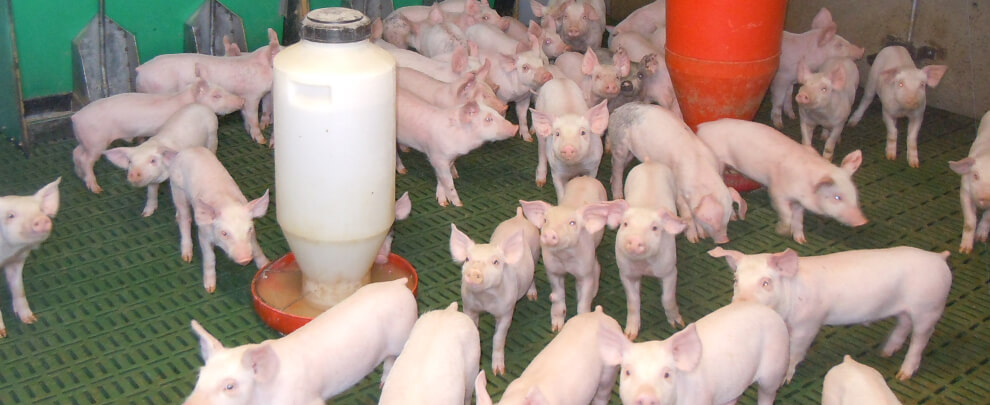Blog
Blog

Transformation and challenges of Taiwan's pork sector
22nd May 2024 - News
The Taiwanese pork sector has undergone a profound transformation in the last 25 years. In the 1990s, Taiwan had an enormous structure with more than 500,000 family farms and more than 1.4 million breeding sows, which made this country an important producer and exporter of pork. However, factors such as the impact of different diseases, such as foot-and-mouth disease, and the increasing cost in raw materials, with the consequent reduction in results, led to a process of concentration and reorganization of the Taiwanese pig structure, which reduced the sector to about 6,000 farms, although more modernized and professionalized, with a census of 5.30 million pigs and about 600,000 breeding sows.
Production and market
According to USDA data from 2023, Taiwan produced around 800,000 tons of pork, which represents a small decline compared to 2020. Despite this, consumption of this food increased slightly. And currently, this Asian country is one of the largest per capita consumers of pork in the world, with a consumption of 39.5 kilos per inhabitant per year. It is for this reason that, although much of the consumption is supplied by local production, in recent years Taiwan has needed to increase its pork production.
In the last four years, the volume of Taiwanese pork imports has continued to grow, and in 2023, Taiwan imported more than 121,000 tons of pork worth 353.8 million euros. Spain was the second exporter of pork to Taiwan, behind Canada, and ahead of the United States, Denmark, the Netherlands and France. In 2023, Spain exported about 30,000 tons of pork to Taiwan, worth 108.3 million euros. The figure represented 24.5% by volume of all Taiwanese imports of this food.
Challenges and opportunities
Since Taiwan lost its export capacity due to its health problems, there have been many challenges that its pork sector has had to overcome until 2020 when the country was officially recognized as free of foot and mouth disease. Additionally, unlike many of its neighbors, Taiwan still remains free of African swine fever (ASF).
Recently, the Taiwanese pork industry has sought to improve its competitiveness through strategic business alliances, and the government has promoted programs to counteract the aging and retirement of pig producers. Specifically, around 400 million euros were allocated to increase the competitiveness of the pork industry, mitigate environmental impacts, improve hygiene and biosafety standards to raise high-quality pigs, and once again boost pork exports. In this sense, Taiwan authorities have already begun negotiations on export conditions and procedures, while working to expand foreign markets and offer incentives to boost export growth.
With all the above, Taiwan must face many challenges to regain a competitive position in the world market, like the one it had years ago when it was a major pork exporter. The latest investments could be the first step to embark on that path again.
Source: Interporc.






